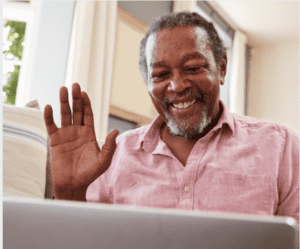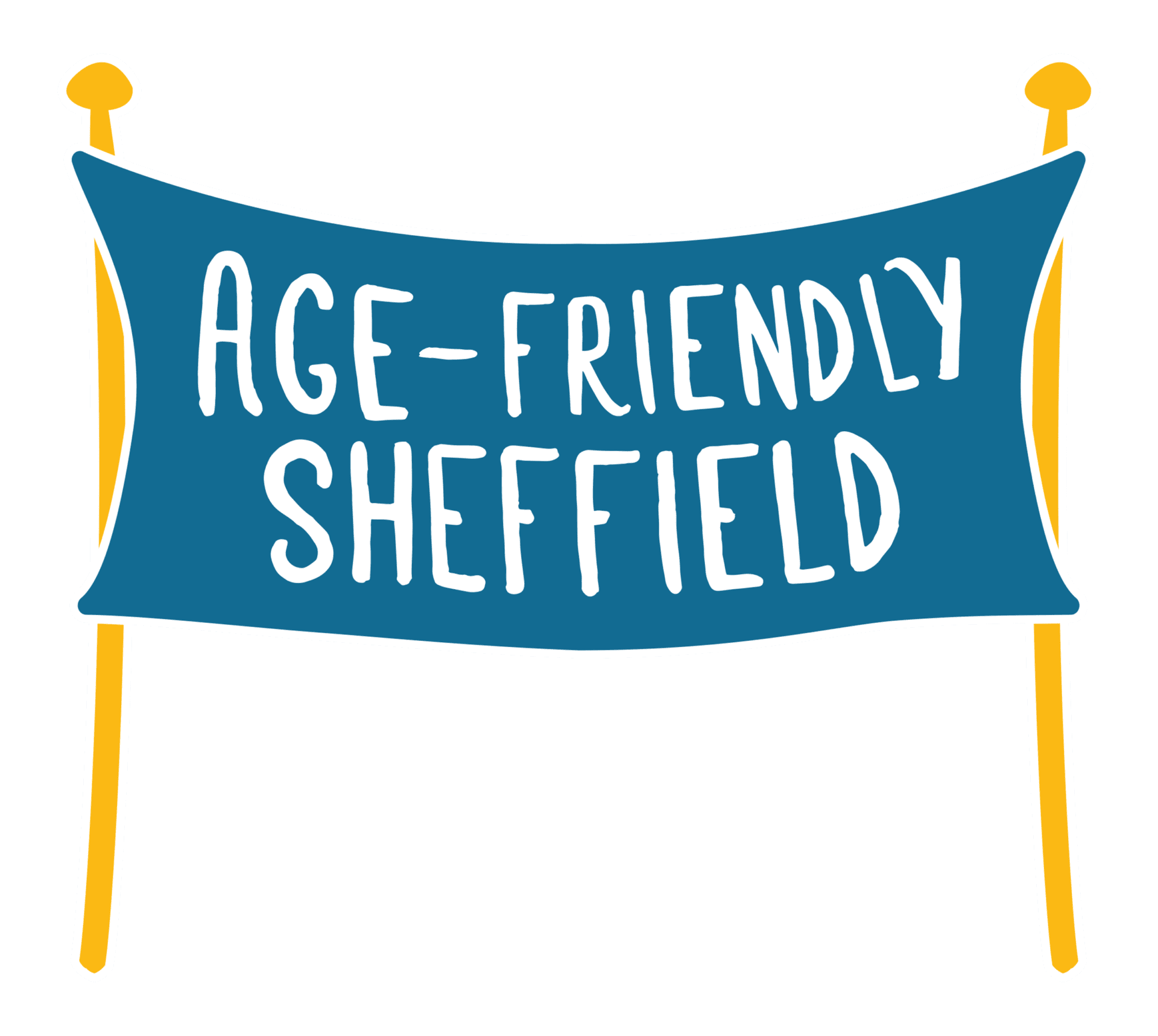Live Better: Get Connected…and get online!
We spoke to John Rowbotham from Our Live Better: Get Connected project, about the brilliant digital inclusion work they’re doing.
“Whilst we’ve all had to adapt and rely on technology like never before, some people are having to start from scratch”

As we entered our second covid-19 lockdown, we spoke to John from our Live Better: Get Connected project, about the critical digital inclusion work they’re doing. Through a process of co-production, assessment and motivation, John has been supporting people to get online!
“I work alongside Lewis Bowman on the Live Better: Get Connected project, delivered in partnership with Reach South Sheffield. The aim of the project is to provide residents of the South Sheffield community with a service that supports them with financial difficulties, and other issues that hinder their ability to engage with their communities. A thread that runs through both financial difficulties and social isolation, is a lack of digital engagement. This has been highlighted in recent months with people being stuck at home and risks of isolation increasing. Therefore, we’ve embarked on a mission to support our participants to get online. However, as the service we provide is primarily for people aged over 50, a group identified as being more at risk of digital exclusion, it’s been important to understand where everyone’s starting points are. Some people find it second nature to use programmes like zoom, whereas others have never used email – so they’re coming from completely different stages of knowledge”.
What barriers did you face, and how did you overcome them?
“First, we assessed everyone’s IT literacy, which involved creating questionnaires and speaking to people over the phone. One section of the survey asked people to identify barriers they face, offering examples such as a lack of technology and training (these were the two main barriers highlighted). We offered a kind of part B to this, by asking them if there was any way we could help them, such as providing them with a tablet. We have now supplied participants with tablets that are loaded up with internet, to help overcome the equipment barrier. A third barrier that was fairly frequent, was motivation. I think as digital technology is so foreign to some, there is a level of apathy towards it. It can also be a very daunting prospect, it’s like learning another language for some people. However, I think, if we ease people into it and explain the benefits, then they will start to see the value. Saying that though, it isn’t for everyone and that’s totally fine.
Our next steps are training, which we are doing over the phone. We are in an unprecedented situation where we can’t go into people’s houses to help them get set up like you would in the past. However, having regular meetings with the other ABiS partners and taking through the challenges has really helped us all evolve throughout the process, allowing us to overcome these challenges”.
How did you assess the ability of each individual?
“We asked people to rate themselves on a scale of 1-10 on how comfortable they are with activities like email, online shopping and social media. Through this assessment, it became clear that we could group people into 3 levels of ability. The first group we identified are people who are quite comfortable receiving an email and navigating through to a zoom call. The next group are people who have used the internet to talk to their kids or grandkids but lack confidence. And the final group is people who have never really used a laptop. 20 people overall expressed interest in getting online, 5 being in group 1, 5 in group 2 and 10 in the final group”.
 Getting online!
Getting online!
“We had two main motivations for our work on digital engagement: to give people a channel through which they can connect with friends and family and to get our Community Expert group back up and running. The Community Expert group is a steer group made up of participants from the project, who meet to discuss their experiences of living in the community and how the project can best serve the community. The group would meet in cafes and the library, but this has obviously had to be put on hold. So, we have been trying to move this online. The first meeting actually took place today and was a success! As this group was made up of participants who had a higher level of IT literacy, it didn’t prove too much of a challenge.
The priority has to be that it is beneficial for the people involved and that’s why today has been so important – once the group had all got online, they could chat about how they were all doing and continue the valuable role they have in the project. Giving the Community Expert group a new space to discuss their experiences and guide the project, was incredibly rewarding for them as it gave them back the sense of empowerment they gain from being a member. Also, as they’ve had as much involvement in this process of getting people online as I have, when everyone came together for the meeting successfully, it was a really great sense of satisfaction and achievement for all of us. Co-production is central to the work we do and to this project. The participants have totally guided the process by telling us all how they feel and where they’re at. They’ve also been helping each other get online which has been great”.
Top tips and advice
“The biggest learning curve for us has been recognising that you need to spend a good amount of time in assessment, to make sure that you’re tailoring the service as much as you can to the individual. Whilst it’s been helpful for us to group people, we also recognise that each individual in these groups will have a unique set of skills and barriers.
The next key piece of advice would be to provide a knowledge and understanding of the benefits. For example, when we were getting this up and running for the Community Expert group so that they could meet, we were explaining that once they’ve gone through the stages of downloading zoom and making an account, they would then be able to speak to their families and friends more.
So, take it individually, have a period of assessment and explain the benefits”.


